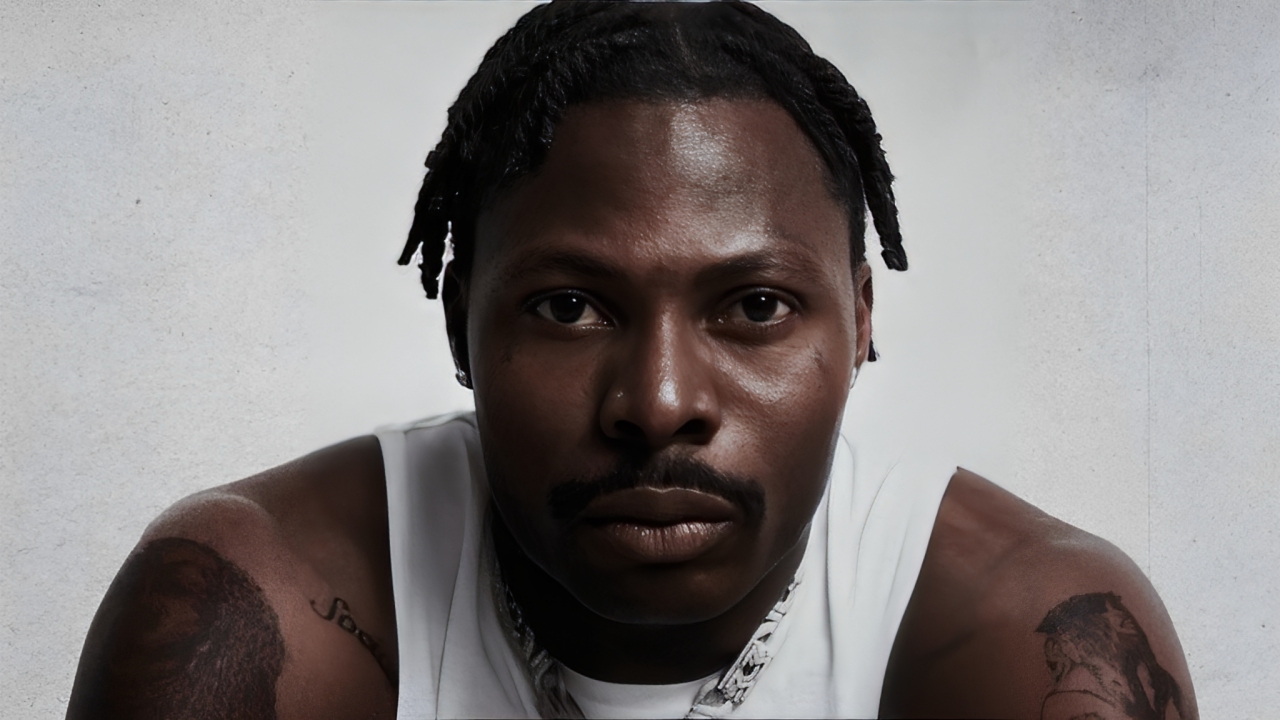How to Recognize a Healthy Relationship
How to Recognize a Healthy Relationship

Determining whether you are in a healthy relationship can be challenging, as every partnership is unique. However, certain characteristics consistently indicate a strong and nurturing connection. Whether you are new to a relationship or have been together for years, recognizing these key traits can help you build a lasting and fulfilling bond. Here’s a guide to identifying the hallmarks of a healthy relationship and what to look for to ensure your partnership remains robust.
Open and Honest Communication
Effective communication is essential in any healthy relationship. Both partners should feel free to share their thoughts, feelings, and concerns without fear of judgment or reprisal. In such relationships, active listening and meaningful dialogue foster trust and resolve conflicts, ensuring that each person feels understood and valued.
Mutual Respect
Respect is a fundamental aspect of a healthy relationship. It involves acknowledging and valuing your partner’s boundaries, opinions, and individuality. This respect also extends to supporting each other’s goals and dreams, even when they differ from your own. A respectful relationship avoids hurtful behaviors like name-calling or belittling, especially during disagreements.
Shared Values and Goals
While differences can enrich a relationship, having shared values and goals is vital for long-term compatibility. A strong relationship is built on common beliefs and objectives, whether related to career ambitions, family planning, or lifestyle preferences. Aligning on core values creates a sense of unity and purpose, helping partners navigate life’s challenges together more effectively.
Emotional Support and Empathy
In a healthy relationship, partners provide emotional support and empathy for each other’s feelings and experiences. They stand by each other during tough times and celebrate successes together. Empathy deepens the emotional connection and allows partners to appreciate each other’s perspectives, creating a safe space where both feel loved and understood.
Constructive Conflict Resolution
Conflicts are inevitable, but resolving them constructively is crucial. In a healthy relationship, disagreements are handled without blame or aggression. Both partners should feel comfortable expressing their concerns and working together to find mutually acceptable solutions. This requires compromise, patience, and a willingness to understand each other’s viewpoints.
Trust and Honesty
Trust is a cornerstone of a healthy relationship, built on reliability, consistency, and integrity in both words and actions. Partners should feel secure and not constantly question each other’s intentions. Honesty promotes transparency and reduces misunderstandings, reinforcing the relationship’s foundation.
Maintaining Individuality
A healthy relationship supports each partner’s individuality while also cherishing quality time together. Personal space and time for individual interests prevent codependency and allow for personal growth. Balancing togetherness with personal pursuits ensures that both partners feel fulfilled and satisfied, both individually and as a couple.
Shared Responsibilities
In a healthy relationship, responsibilities are distributed fairly, fostering a sense of teamwork and partnership. Whether it’s managing household chores, financial responsibilities, or parenting duties, both partners contribute equally and willingly. This balance reflects a commitment to the relationship and mutual investment.
Physical and Emotional Intimacy
Both physical and emotional intimacy are vital components of a healthy relationship. Maintaining a balance between these forms of intimacy ensures that partners feel connected on both physical and emotional levels, through expressions of affection and sharing of thoughts, dreams, and vulnerabilities.
TRENDING SONGS
 Ahmad Yerima: Naval Officer to Face No Sanctions After Clash with Wike – Matawalle
Ahmad Yerima: Naval Officer to Face No Sanctions After Clash with Wike – Matawalle
 Trending Video: Muslim Man Joins Wife in Hallelujah Challenge ‘Dress Like Your Miracle’ Night
Trending Video: Muslim Man Joins Wife in Hallelujah Challenge ‘Dress Like Your Miracle’ Night
 Woman Seeks Advice as Late Brother’s Wife Refuses to Mourn Him Following His Death With Alleged Mistress
Woman Seeks Advice as Late Brother’s Wife Refuses to Mourn Him Following His Death With Alleged Mistress
 Nobody Cares About Fine Girls In The UK, I Miss Nigeria — Nigerian Lady Laments
Nobody Cares About Fine Girls In The UK, I Miss Nigeria — Nigerian Lady Laments
 Wedding Called Off: How Lady Cancels Wedding After Finding Out Finance’s Affairs With Her Bestie
Wedding Called Off: How Lady Cancels Wedding After Finding Out Finance’s Affairs With Her Bestie
 Heartbreak in Ikeja: Lady Weeps After Fufu Found in New Phone Package
Heartbreak in Ikeja: Lady Weeps After Fufu Found in New Phone Package
 Twist of Fate: Man Who Questioned Phyna’s ₦1Billion Demand Mourns Brother in Dangote Truck Crash
Twist of Fate: Man Who Questioned Phyna’s ₦1Billion Demand Mourns Brother in Dangote Truck Crash
 Tragedy in Enugu: Dangote Truck Claims Lives of Family of Five
Tragedy in Enugu: Dangote Truck Claims Lives of Family of Five
 Bangkok Crackdown: Nigerian-Thai Couple in Police Net Over Drug Trafficking
Bangkok Crackdown: Nigerian-Thai Couple in Police Net Over Drug Trafficking
 Family Rift: Reno Omokri’s Ex-Wife Says He Deserted Their Special Needs Son
Family Rift: Reno Omokri’s Ex-Wife Says He Deserted Their Special Needs Son
Share this post with your friends on ![]()













